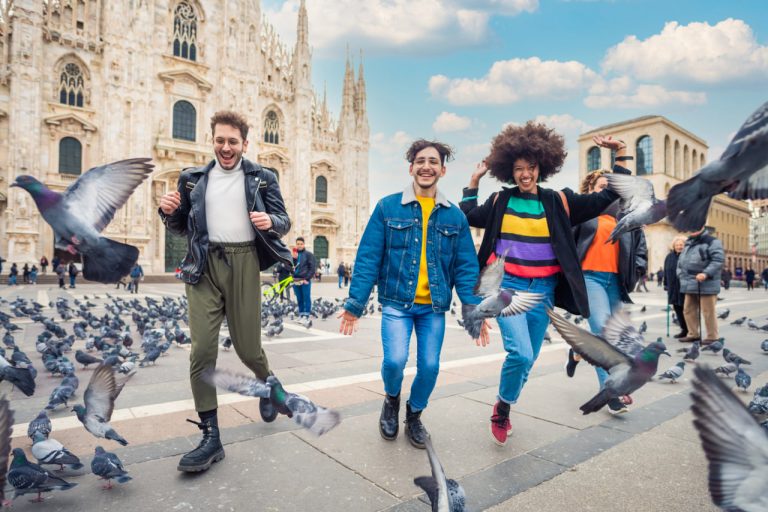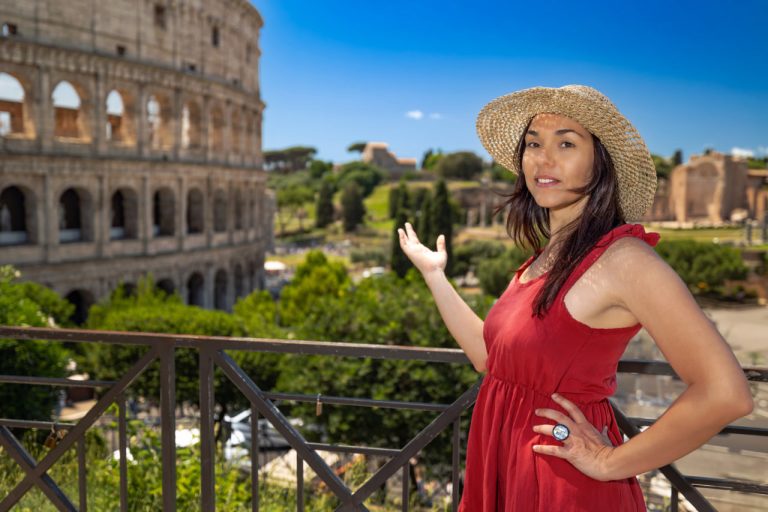What NOT to Say in Italy: 5 Cultural Tips Every Beginner Should Know
Learning to speak a bit of Italian before your trip is a great way to connect with locals and show respect for the culture. But just as important as learning what to say is knowing what not to say. Language is deeply tied to culture, and some things that seem normal or polite in English may come off as rude, awkward, or overly informal in Italy. Here are five essential cultural tips that every beginner should know to avoid uncomfortable situations and make a great impression.
Don’t Say “Ciao” to Everyone
“Ciao” is probably the most famous Italian word in the world, but that doesn’t mean you should use it in every situation. In Italy, “ciao” is very casual and is mostly used between friends, family, or people your own age. Using it with strangers, especially in more formal settings like shops, restaurants, or when speaking to older people, can sound disrespectful.
Instead, use “Buongiorno” (good morning or good day) or “Buonasera” (good evening), depending on the time of day. These greetings are polite and appropriate for almost every situation. Once you build rapport or if someone says “ciao” first, you can mirror their tone.
Don’t Assume Everyone Speaks English
In many tourist-heavy areas, you’ll find people who speak some English. But in smaller towns or local shops, many people may not. Starting a conversation by immediately speaking English can come off as presumptuous or impolite.
A much better approach is to start with, “Scusi, parla inglese?” (Excuse me, do you speak English?) or even a simple “Mi scusi” (excuse me) before you speak. Even if your Italian is limited, starting in Italian shows respect and effort, and it usually leads to more friendly and helpful responses.
Don’t Be Too Direct When Making Requests
In many English-speaking cultures, it’s normal to be direct when ordering food or asking for help—phrases like “I want…” or “Give me…” are not necessarily rude. But in Italian, such directness can sound impolite or even demanding.
Instead of saying “Voglio un caffè” (I want a coffee), try “Vorrei un caffè” (I would like a coffee) or “Posso avere un caffè, per favore?” (Can I have a coffee, please?). These softer, more polite forms go a long way in Italian culture and are always appreciated.
Don’t Call the Waiter by Snapping or Saying “Garçon”
Snapping your fingers, waving your hand aggressively, or shouting “Garçon” to get the attention of a waiter is considered extremely rude. “Garçon” is French, not Italian, and calling someone that in Italy is both incorrect and disrespectful.
If you need the server’s attention, catch their eye and say “Mi scusi” (excuse me) in a calm, respectful tone. Italians generally don’t rush meals, and service may feel slower compared to other countries. But that’s part of the culture—meals are meant to be enjoyed slowly.
Don’t Overuse Gestures Without Understanding Them
Italian hand gestures are famous, but using them incorrectly can be risky. Some gestures that look fun or harmless may carry strong emotional or even offensive meanings. For example, the “chin flick” gesture (flicking your fingers out from under your chin) is considered rude, and the “horns” hand gesture (index and pinky fingers raised) can suggest infidelity.
If you’re not sure what a gesture means, it’s best to observe rather than imitate. Italians are expressive, but they also know when and how to use gestures appropriately. Focus on your words and polite tone—gestures aren’t necessary for beginners.




